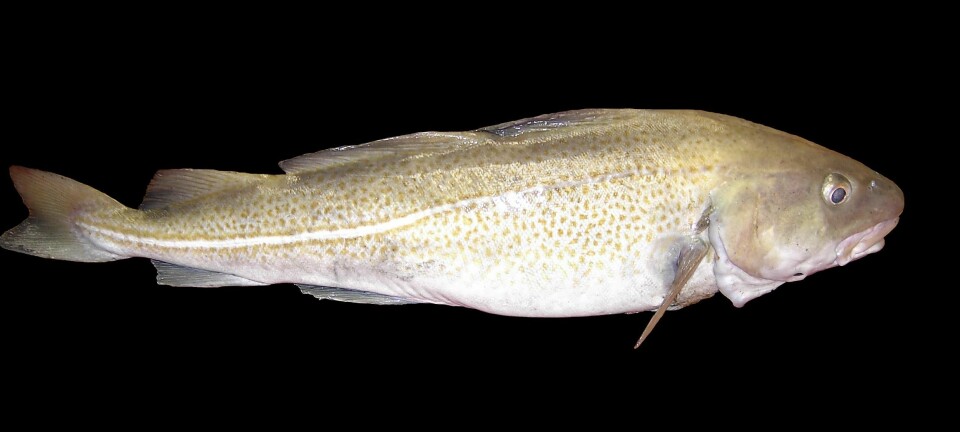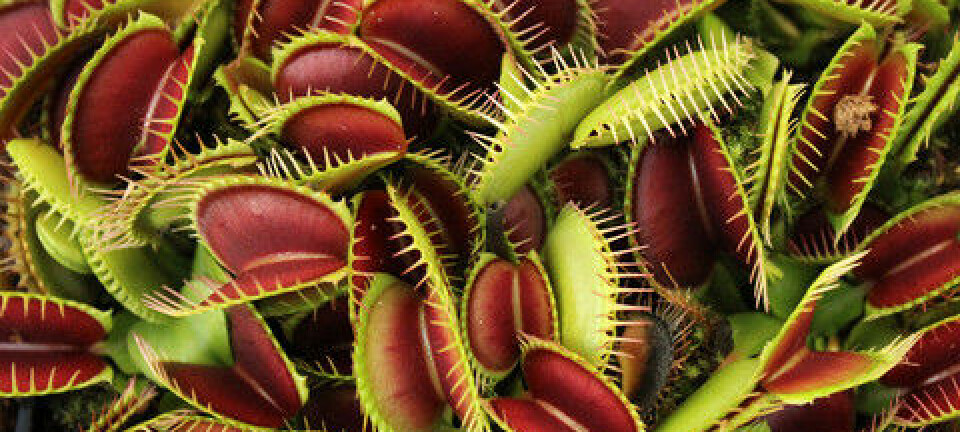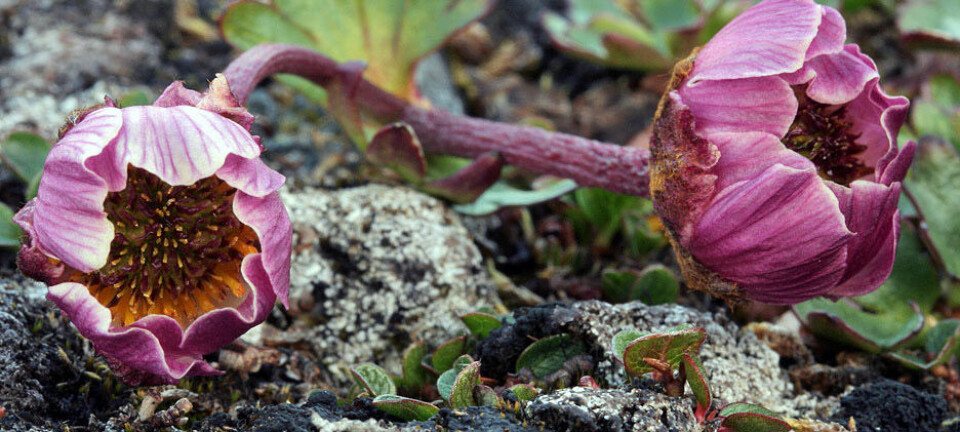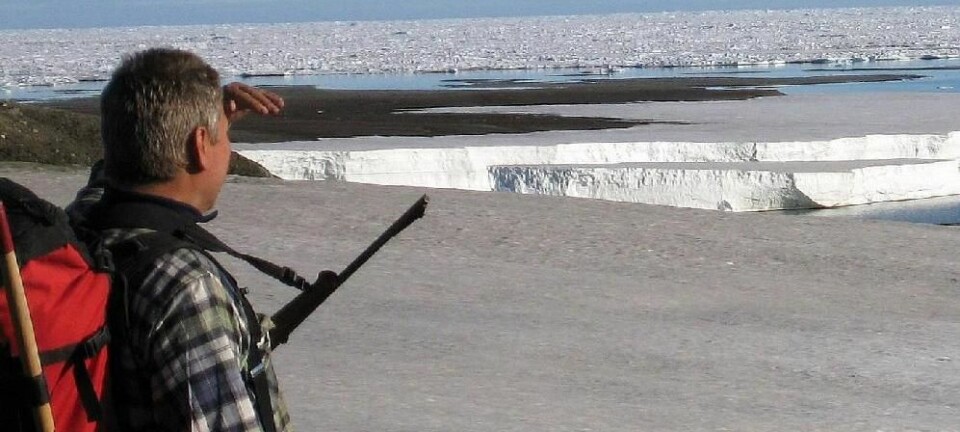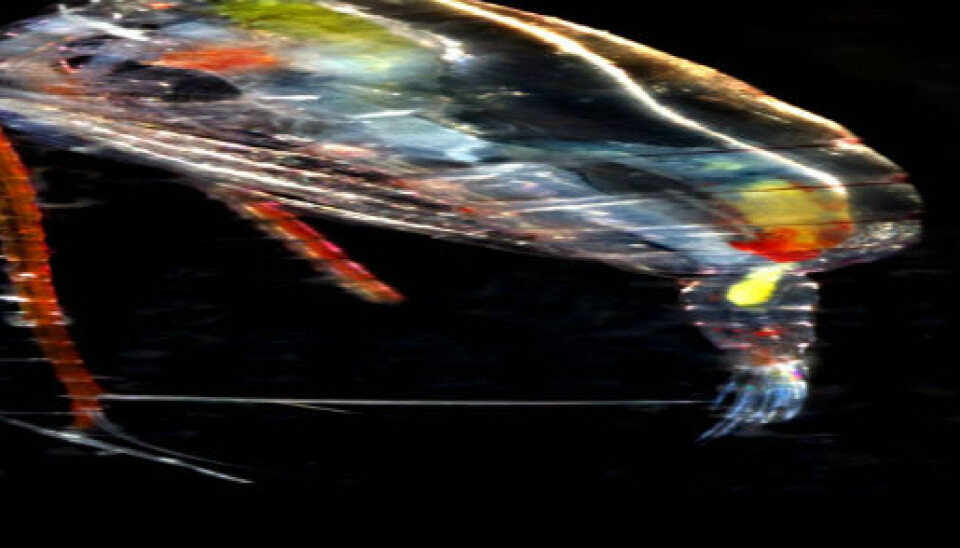
A warmer Arctic causes fish to move
The ice is melting away in the Arctic regions, while precipitation is on the increase. The fresh water forms a lid over essential nutrients in key areas of the Arctic Ocean, and that can change marine life dramatically.
Billions of microscopic planktonic algae ensure that whales and seals can romp away in the icy water in the north and that fishing boats can supply the world’s markets with heavy loads of cod, halibut, capelin and shrimp.
But recent research shows that fishermen will need to sail farther if they want to fill their holds in an increasingly warmer Arctic.
"Today, the southern Barents Sea is an important fishing area, but our models show that production in this particular area will get smaller over the course of this century," says Paul Wassmann, a professor at Tromsø University in Norway, who heads the large EU-funded research project ‘Arctic Tipping Points' (ATP).
All signs indicate that the fish instead will travel farther north along the Siberian continental shelf.
Marine life faces dramatic changes
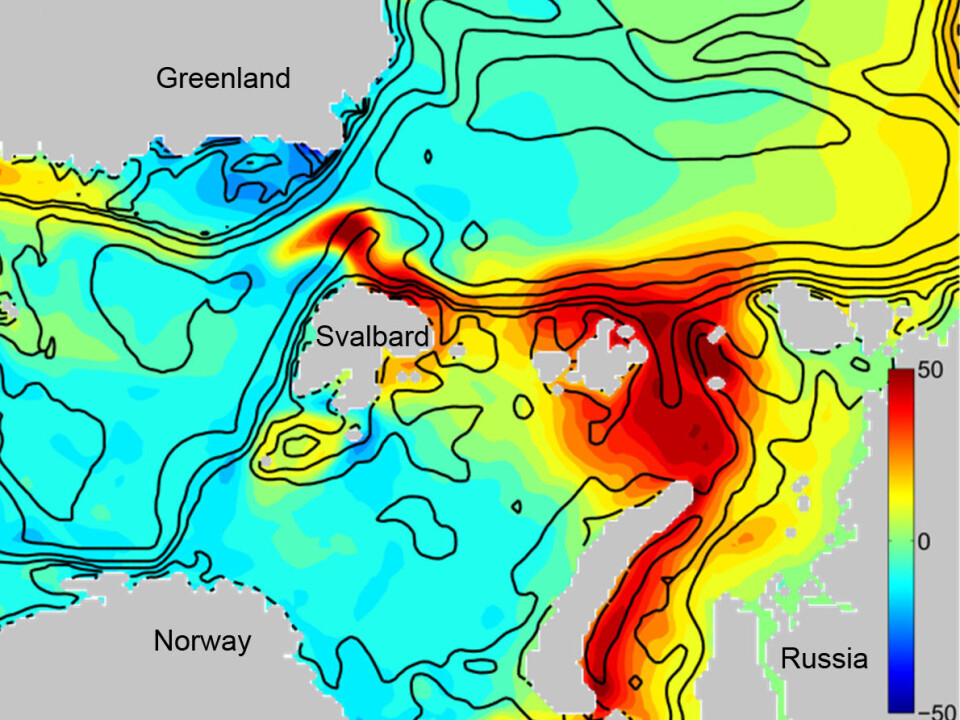
Numerous European scientists are involved in the ATP project. They are studying what effect climate change in Arctic waters has on algae, plants, animals and humans.
The scientists are talking about ‘tipping points’. Changes up to this value only lead to minor year-to-year changes in the elements that make up the total ecosystem.
If, however, the value exceeds such a tipping point, the ecosystem might change suddenly, causing dramatic changes in marine life.
One of the elements that can trigger a tipping point is the inflow of freshwater to the Arctic region.
Nutrients won’t make it to the surface
Today, the southern Barents Sea is an important fishing area, but our models show that production in this particular area will get smaller over the course of this century.
Only 30 years from now, the whole of the sea ice will most likely have melted away in the summer all the way up to the North Pole.
Meanwhile, the Greenland ice sheet is melting away at an alarming pace, sending out huge amounts of freshwater into the Arctic Ocean. And in a warmer Arctic, frequent rain and snow will contribute further to this transport of freshwater.
The lighter and fresher water flows over the salty sea water and creates an effective lid over the deeper, more saline seawater. This makes the stratification that is already occurring in open Arctic waters even stronger.
And the stratification of the water column prevents nutrient-rich water from the bilge water from reaching the planktonic algae growing in the upper water layers where the algae utilise sunlight.
Not the same problem in the Baltic Sea
We have the same phenomena in Danish waters, where the fresher water from the Baltic Sea flows over the more salty water flowing in from the Skagerrak Strait.
But at these latitudes, the upper and lower water layers mix in the autumn when the surface water cools down and sinks to the bottom.
In this way, new nutrients flow to the surface, where planktonic algae are waiting eagerly for their chance to consume them when the sun comes back next spring.
Algae suck out all nutrients
But this does not happen in vital parts of the cold north, including the deep parts of the Barents Sea. This is a meeting place for ocean currents of highly varying densities, and fresher surface water causes a permanent stratification – even in autumn, when the sea ice covers up the sea again.
This is why no new nutrients come out of the deep, nutritional bottom water.
As the sea ice melts over the short summer and the sun’s rays penetrate the water, it’s easy for the planktonic algae to deplete the upper water layers of the vital nutrients available in the open Arctic waters.
Less food for the fish – and for us
“Diatoms make up the majority of planktonic algae during the brief spring bloom in the open Arctic waters. But as the amount of nutrients keeps dropping and the water becomes fresher and warmer, the algae shrink in size,” says Wassmann.
Findings from the ATP project also show that microorganisms in the seawater will consume and metabolise an increasingly large share of the algae’s production in the future.
This means that carbon travels through a so-called microbial loop rather than going through the direct and efficient food chain, in which zooplankton eat the algae and pass the food on to the next link in the chain, which includes fish.
Ultimately, this means less food for the last links in the food chain – including us humans.
Survival depends on fat
In the coldest regions of the Arctic Ocean, the copepod Calanus glacialis is the most important zooplankton. It’s big and fat and is a great meal for fish larvae.
”In the Arctic it’s easy to say what the meaning of life is. It’s all about fat,” says Wassmann. “Survival depends fully on how good the organisms are at converting biomass to fat or absorbing fat from food.”
This is why the fat Calanus glacialis is extremely important for wildlife in the Arctic Ocean.
The copepod is facing extinction
The ATP scientists have conducted laboratory experiments and analysed data covering decade-long periods and can now demonstrate that the Calanus glacialis disappear at a temperature of 6 degrees Celsius.
They believe that the Atlantic species Calanus finmarchicus, which is smaller and doesn’t contain nearly as much fat, will replace Calanus glacialis in some areas.
Such a scenario would mean less fat for the fish – and the capelin is singled out as the species that will be affected the most.
“The changes in the Arctic phytoplankton and zooplankton seem to occur when sea temperatures reach 4-6 degrees Celsius,” says Spanish researcher Carlos Duarte, who heads the experimental section of the project. “These are temperatures we will be seeing in many parts of the Arctic Ocean over the course of this century.”
Sea temperatures of 4-6 degrees Celsius could therefore be another critical tipping point for the Arctic Ocean.
Big algae and sea urchins along the coasts
But the Arctic ecosystem is a complex one. The ATP scientists have also studied how the Arctic fjords and the whole coastal area will change in the future.
As it gets warmer, there will be longer periods without sea ice in the summer. This will provide more light, both to the planktonic algae in the water and to the large seaweeds (macroalgae), which can grow more than a metre in length per year. They can also absorb nutrients during winter months where they are plentiful in the bottom water in the coastal areas.
Seaweed species that are common in southern parts of Greenland do well at slightly higher temperatures. It is thought that these might migrate northwards as the water gets warmer and the ice-free period gets longer.
Mussels and sea urchins, which also live near the coast, will also become more widespread when the water gets warmer, presumably because there will be more food for them.
Approaching the point of no return
There is now an increased awareness of how the world’s ecosystems are changing. Scientists are speaking of a ‘point of no return’.
If climate change manages to push an Arctic ecosystem past a tipping point, it could become impossible to stop the changes.
And several examples from other ecosystems show that an ecosystem doesn’t just return to its previous state, even if you turn the course so that external forces once again reach the right side of this important balance point.
------------------------------------
Read this article in Danish at videnskab.dk
Translated by: Dann Vinther
